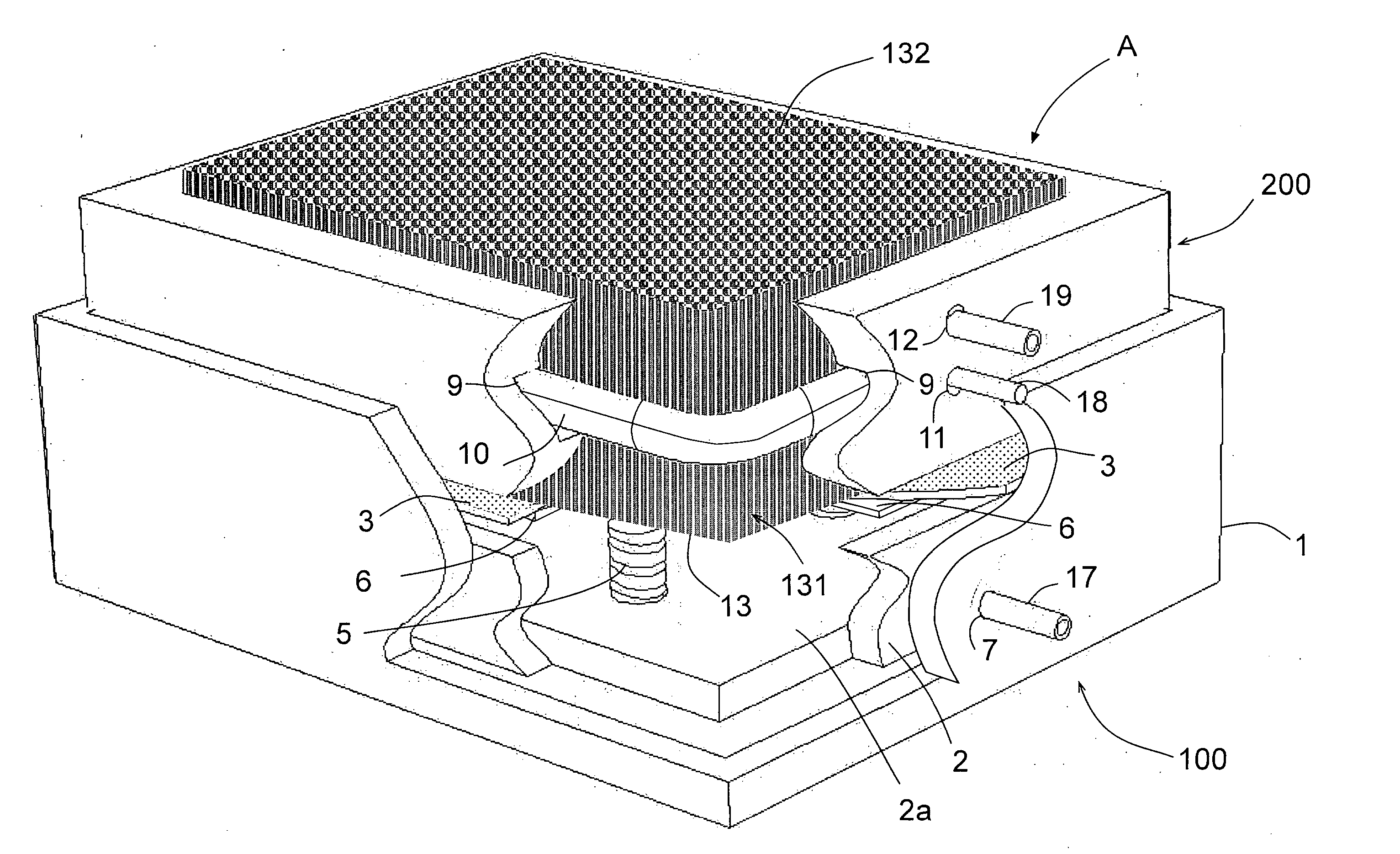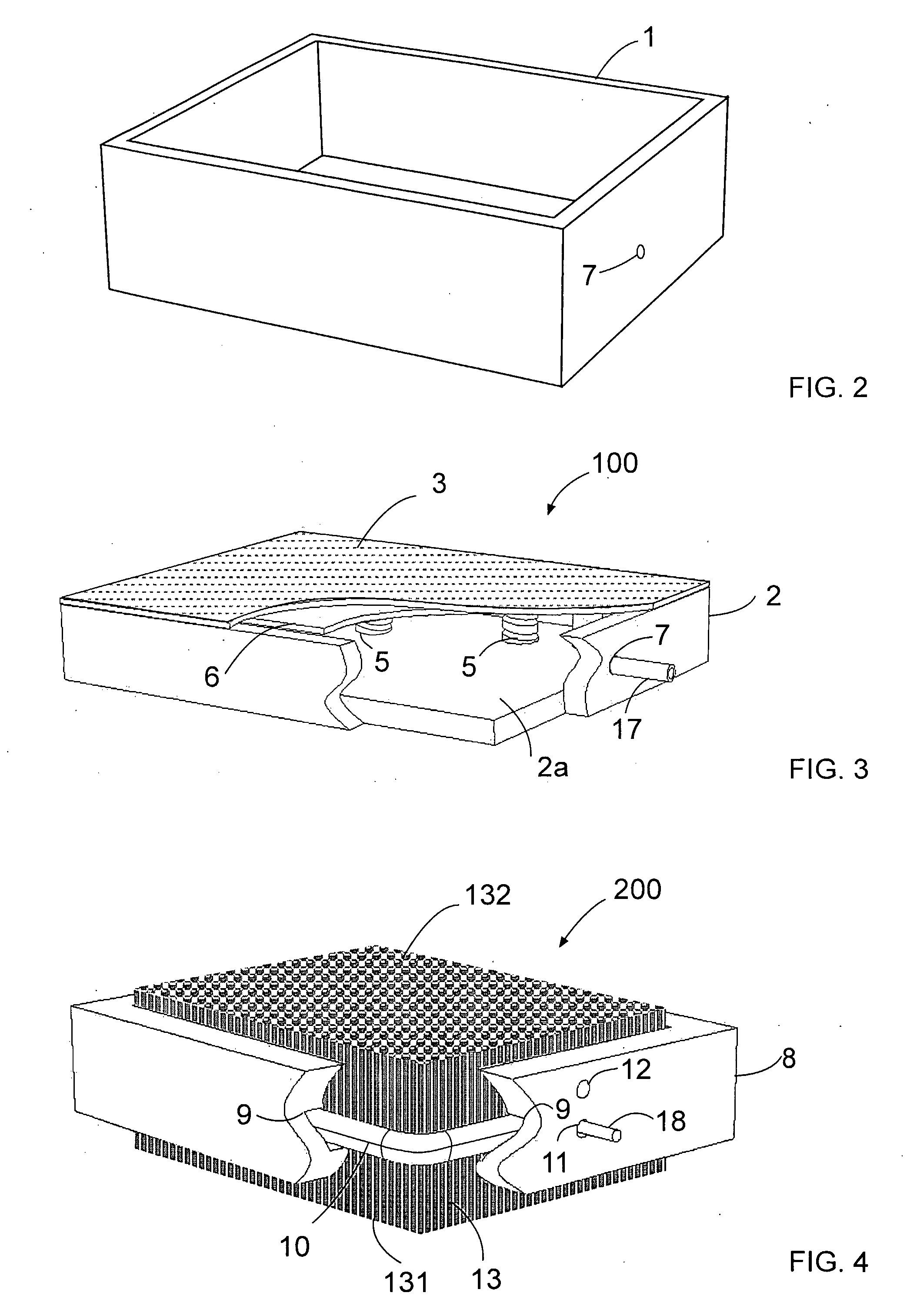Apparatus and Method for Replicating a Plantar Surface of a Foot
a technology of plantar surface and replicating device, which is applied in the field of replicating device and method for personally fitting biomechanical orthopedic insole, can solve the problems of large difference of specific load for various uneven distribution of load on the sole's load-bearing surface, and large difference of specific load for different areas of the sole, so as to improve the reliability of sensing and reduce production costs.
- Summary
- Abstract
- Description
- Claims
- Application Information
AI Technical Summary
Benefits of technology
Problems solved by technology
Method used
Image
Examples
Embodiment Construction
[0045] The principles and operation of an apparatus for replicating the profile of a surface of a sole according to the present invention may be better understood with reference to the accompanying description and the drawings, in which preferred embodiments of the invention are illustrated. It should be understood that these drawings are given for illustrative purposes only and are not meant to be limiting. The present invention may be embodied in many different forms and should not be construed as limited to the embodiments set forth herein. The same reference numerals and alphabetic characters will be utilized for identifying those components which are common in the surgical fastener and its components shown in the drawings throughout the present description of the invention.
[0046] Referring to FIG. 1 through FIG. 5 together, an apparatus A for replicating the profile of a plantar surface of a foot (i.e., surface of the sole) includes an inflation device 100 (shown separately in...
PUM
| Property | Measurement | Unit |
|---|---|---|
| pressure resistant | aaaaa | aaaaa |
| pressure | aaaaa | aaaaa |
| length | aaaaa | aaaaa |
Abstract
Description
Claims
Application Information
 Login to View More
Login to View More - R&D
- Intellectual Property
- Life Sciences
- Materials
- Tech Scout
- Unparalleled Data Quality
- Higher Quality Content
- 60% Fewer Hallucinations
Browse by: Latest US Patents, China's latest patents, Technical Efficacy Thesaurus, Application Domain, Technology Topic, Popular Technical Reports.
© 2025 PatSnap. All rights reserved.Legal|Privacy policy|Modern Slavery Act Transparency Statement|Sitemap|About US| Contact US: help@patsnap.com



